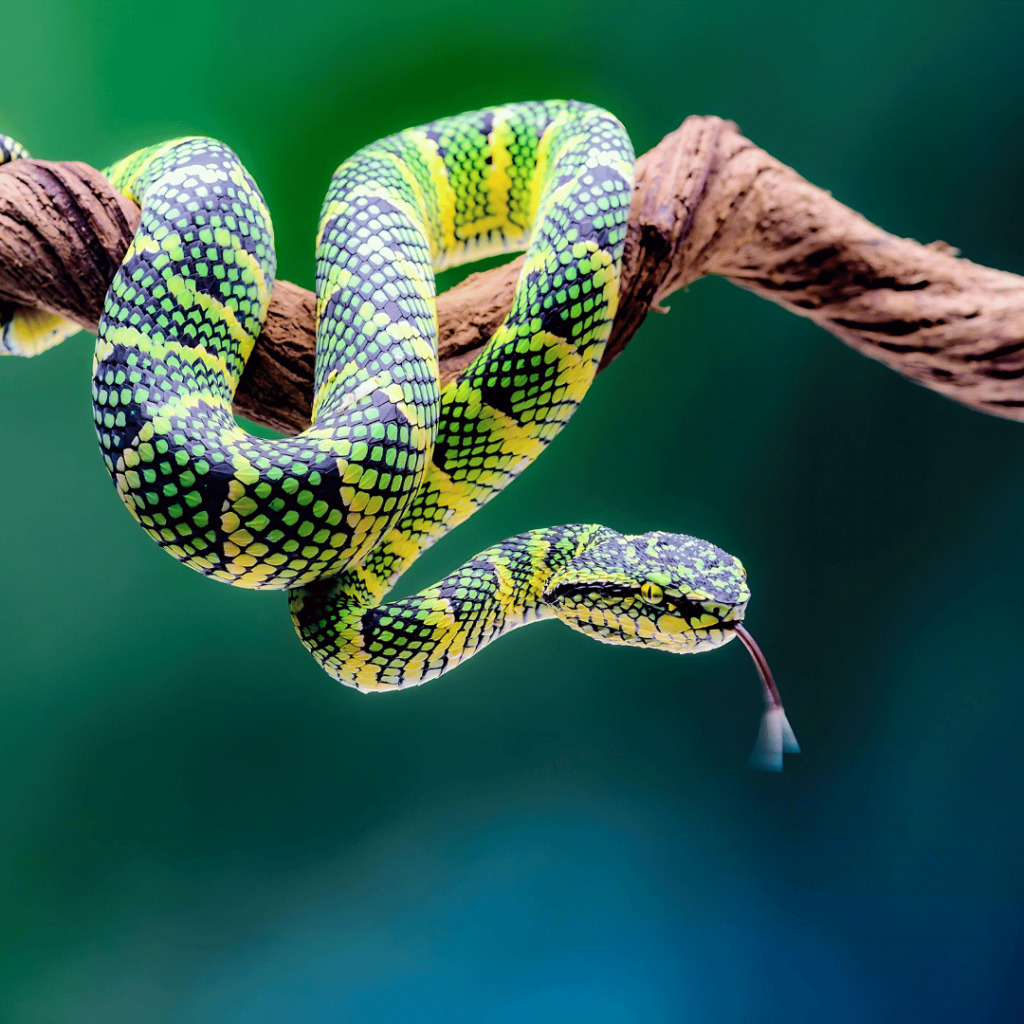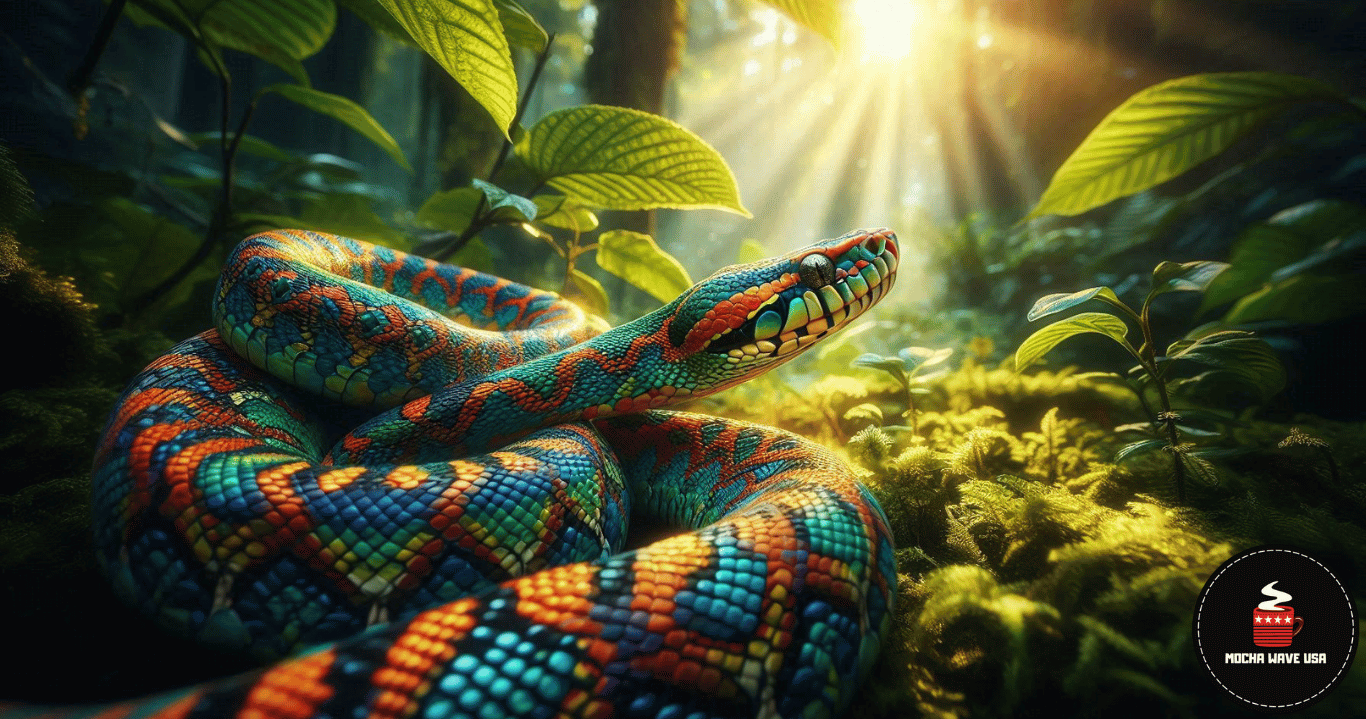Meet the USA’s Deadliest Snakes: Stay Safe on World Snake Day!
Happy World Snake Day! Every July 16th, we celebrate these fascinating, often misunderstood creatures. Snakes play a vital role in our ecosystems, keeping rodent populations in check and maintaining ecological balance. But let’s be honest—some snakes are downright scary. In the USA, several venomous species can pack a punch (or a bite) with their deadly venom. Let’s slither into the world of the deadliest snakes in the USA and learn what makes them so dangerous.
1. Eastern Diamondback Rattlesnake: The Big, Bad Rattler
Meet the heavyweight champion of American rattlesnakes—the Eastern Diamondback (Crotalus adamanteus). This giant can grow up to 8 feet long and is famous for the diamond-shaped patterns on its back.
Where It Lives: You can find this beast in the southeastern states like Florida, Georgia, and the Carolinas.
Venom: Its venom is potent, causing severe pain, swelling, and tissue damage. Without quick medical help, a bite could be fatal.
Personality: Generally shy, but don’t get too close—it will defend itself fiercely if it feels threatened.
2. Western Diamondback Rattlesnake: The Feisty Contender
Next is the Western Diamondback Rattlesnake (Crotalus atrox), the more aggressive cousin of the Eastern Diamondback.
Where It Lives: This snake loves the southwestern states, including Texas, Arizona, New Mexico, and Oklahoma.
Venom: Hemotoxic venom that destroys blood cells and tissues, causing pain, swelling, and sometimes organ damage.
Personality: More likely to stand its ground and fight back if disturbed.
3. Mojave Rattlesnake: The Silent Killer
The Mojave Rattlesnake (Crotalus scutulatus) has one of the deadliest venoms of all rattlesnakes, earning it a fearsome reputation.
Where It Lives: Found in the desert areas of California, Nevada, Arizona, and New Mexico.
Venom: A deadly mix of neurotoxic and hemotoxic venom, affecting the nervous system and causing severe tissue damage.
Personality: Aggressive and not afraid to strike if he feels threatened.
4. Timber Rattlesnake: The Quiet Menace
The Timber Rattlesnake (Crotalus horridus) might be less flashy, but it’s still one to watch out for.
Where It Lives: From the northeastern states down to Texas, this snake prefers forests and rugged terrains.
Venom: Hemotoxic venom that causes significant tissue damage and pain.
Personality: Generally more docile but will strike if provoked.

5. Cottonmouth (Water Moccasin): The Aquatic Aggressor
The Cottonmouth (Agkistrodon piscivorus), or Water Moccasin, is infamous for its aggressive behaviour and venomous bite.
Where It Lives: Wetland areas like swamps, marshes, and rivers in the southeastern states.
Venom: Cytotoxic venom that destroys cells, leading to severe tissue damage.
Personality: Known for its boldness, often standing its ground with its mouth wide open, displaying the white interior.
6. Copperhead: The Stealthy Striker
The Copperhead (Agkistrodon contortrix) may not have the most potent venom, but it’s still a threat due to its stealthy nature.
Where It Lives: Wooded areas, rocky hillsides, and streams across the eastern and central United States.
Venom: Causes significant pain and tissue damage, although less potent than other venomous snakes.
Personality: Generally docile but will bite if stepped on or threatened.
7. Coral Snake: The Colorful Assassin
Last but not least, the Eastern Coral Snake (Micrurus fulvius) is one of North America’s most venomous snakes. Its bright red, yellow, and black bands easily recognize it.
Where It Lives: Sandy and wooded areas in the southeastern United States.
Venom: Neurotoxic venom that can cause respiratory failure.
Personality: Shy and reclusive, it rarely bites unless handled or provoked.
Tips to Prevent Snakebites
Despite their fearsome reputation, snakebites are rare, and fatalities are even rarer. Here are some tips to stay safe:
Stay on Trails: When hiking, stick to clear paths and avoid tall grass and underbrush where snakes might hide.
Wear Protective Clothing: Long pants and boots can help protect you from bites.
Be Aware: Watch where you step and avoid placing your hands where you can’t see.
Stay Calm: If you encounter a snake, back away slowly and give it space.
What to Do if Bitten
Stay Calm: Try to keep still to slow the spread of venom.
Seek Help Immediately: Get to a hospital or call emergency services.
Immobilize the Limb: Keep the bitten limb immobilized and at or slightly below heart level.
Avoid Myths: Don’t apply ice, cut the wound, or try to suck out the venom.
Snakes are vital to our ecosystems, and understanding them helps us appreciate their role in nature. On World Snake Day, let’s respect these incredible creatures and learn how to coexist safely. While some snakes in the USA are highly venomous, they’re not out to get us and will usually avoid humans if given the chance. By staying informed and cautious, we can enjoy the great outdoors without fear and marvel at the fascinating world of snakes.
